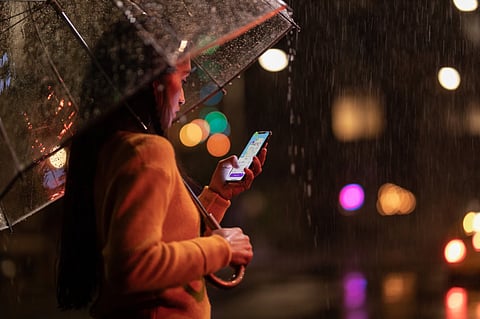Everything new from Apple (coming soon to SA) – The Wall Street Journal
DUBLIN – For the first time, South Africans will be able to get their hands on the new Apple iPhone line just one week after their peers in the USA. The new iPhones will be available in South Africa from September 28. The new line-up features Apple's biggest and priciest phones yet, with the iPhone Xs Max clocking in at over 16.5cm and a giddy $1,099. There's a more-affordable version of the X, the XR, which is a little smaller and features an LCD screen instead of an OLED – that one will retail for $749. Apple also announced an impressive new version of the Apple Watch, which will feature an electrocardiogram, to better measure your heart rate. Of course, the question for investors is whether the new line of products will be enough to keep Apple growing. Smartphone sales have been slowing worldwide as people upgrade their devices less frequently. Although the big new screens could encourage people to use more apps – giving Apple more app revenue – there's no guarantee that the new line has done enough to keep the punters coming back. – Felicity Duncan
By Tripp Mickle
(The Wall Street Journal) CUPERTINO, Calif.— Apple Inc. on Wednesday unveiled its biggest and most expensive iPhone line-up ever, making a bet that larger screens can persuade millions of iPhone owners to not only upgrade to a new device but also fork over more money than they spent in past years.
___STEADY_PAYWALL___

